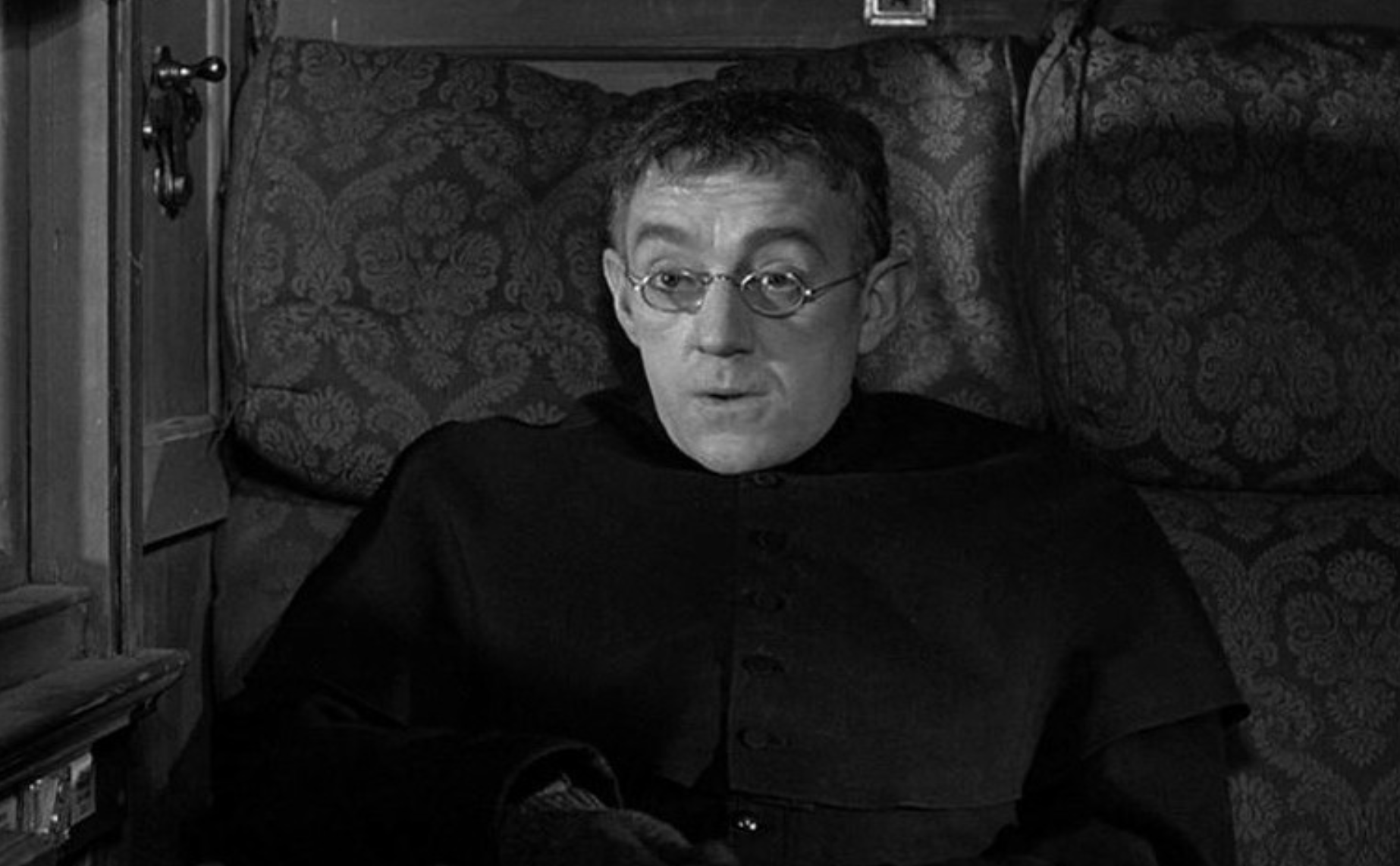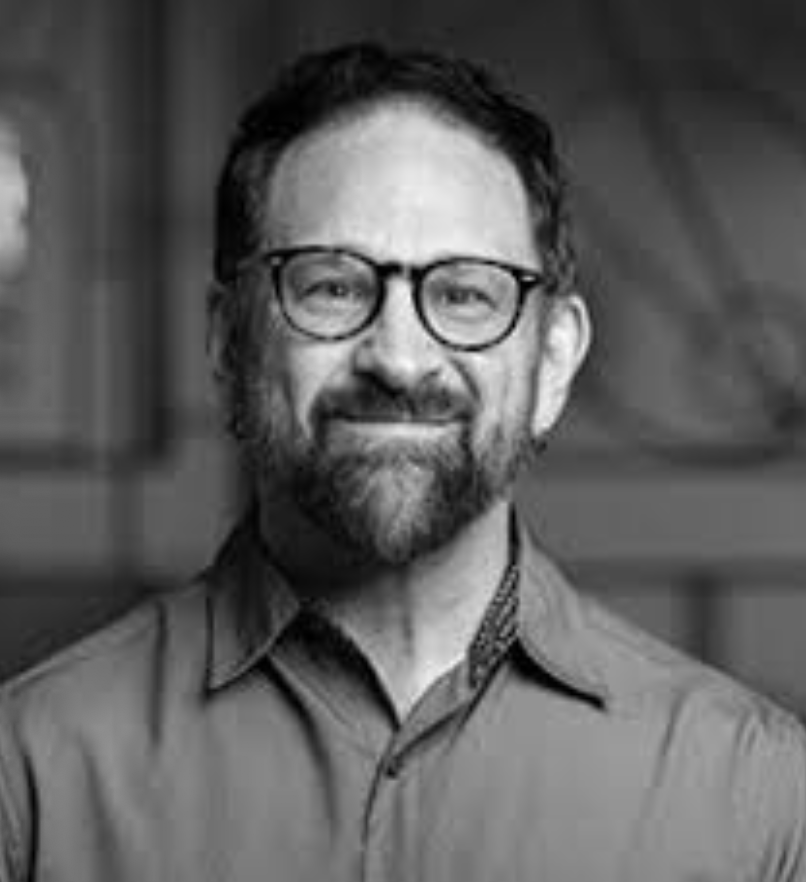A Perspective on the Father Brown Stories

Can the police safeguard the public, and the courts guarantee a society where rights are respected? These institutions are vital for the maintenance of social order and justice. But Chesterton’s Father Brown stories suggest a more profound and delicate solution is finally required – that the criminal not only has to be caught, and then corrected, but also to be healed.
An American theologian, Steve Guthrie, has offered some fresh perspectives on the Father Brown stories, after reading Chesterton’s first collection of Father Brown stories, The Innocence of Father Brown (1911). In a thoughtful – and thought-provoking – article, Guthrie sheds light on the underlying meaning and purpose of Chesterton’s character:
If there is an overarching theme to the Father Brown stories it is that the one best equipped to turn aside lawlessness and evil is not a detective, nor a policeman, but a priest.
They suggest that, ultimately, a just and orderly society is upheld not by the power of the law but by the mercy of the church.
“The Thin Brown Line,” Plough Magazine, April 1, 2025

The Church has a distinctive part to play in promoting public safety and ensuring a safe and just society. Its role is not to rival or replace the role of police or the courts, but rather, Guthrie argues, “simply to recognise (and Father Brown nods in agreement) that while the state can help enact justice, without the wisdom of the Steve Guthrie church it cannot determine the meaning of justice. . . . [The state] is limited in its ability to address the root causes of wrongdoing or to bring about any real remedy.”
Not a conviction but a conversion
What lifts the Father Brown stories above ordinary detective fiction is this ultimate vision of human reality. The solving of a crime is necessary, but it is not enough. The police and the courts are indispensable, but they are the first and second lines of defence. What is finally needed – and is so hard to balance in practice – is mercy and forgiveness as well as justice; the saving of the criminal, a soul to be healed, not just a guilty figure to be punished and rectified.
As Guthrie writes, Father Brown “confronts not crime, but sin. . . . The outcome he hopes for is not a conviction, but a conversion.”
He goes on to highlight the contrast between the criminal and the healer in the Father Brown stories – on the one hand, Flambeau, “a criminal genius and a virtuoso of disguise”, abounding in physical strength and daring, and on the other, Father Brown, the humble and apparently ineffectual priest, without earthly power, who overcomes Flambeau, “not by greater force and violence, but paradoxically, by the Christian virtues of innocence, meekness and wisdom.”
Father Brown outsmarts Flambeau – not just by intellectual skill but by spiritual insight. As Guthrie emphasises, he “does far more than defeat Flambeau; he leads him to repentance.”
Reflecting on the title of Chesterton’s stories, “The Innocence of Father Brown,” Guthrie concludes that innocence is not to be equated with naivete or gullibility. He recalls Chesterton’s surprise, recounted in the last chapter of his Autobiography (1936), in coming across a pious priest, Father John O’Connor, who was unshocked by the salacious details Chesterton was including in an article he was writing on public morality:
[T]his quiet and pleasant celibate had plumbed those abysses [of vice] far deeper than I . . . . And there sprang up in my mind the vague idea of . . . constructing a comedy in which a priest should appear to know nothing and in fact know more about crime than the criminals.
Guthrie comments: “Jesus told his followers to be as wise as serpents and innocent as doves (Matthew 10:16). He might have been describing Father Brown.”
